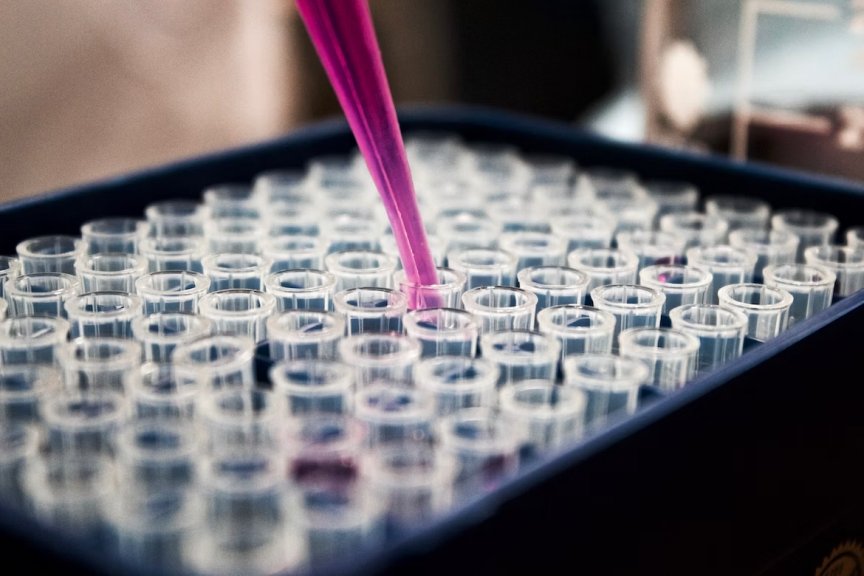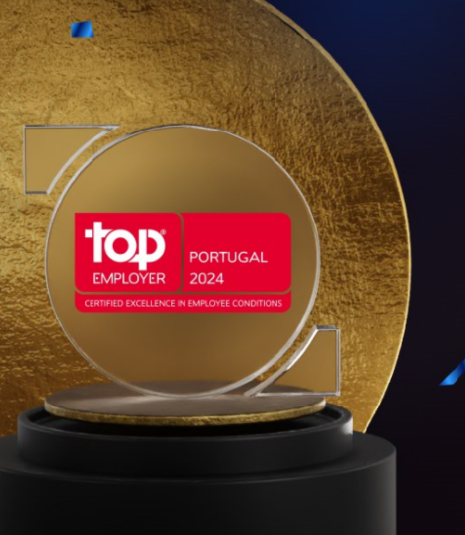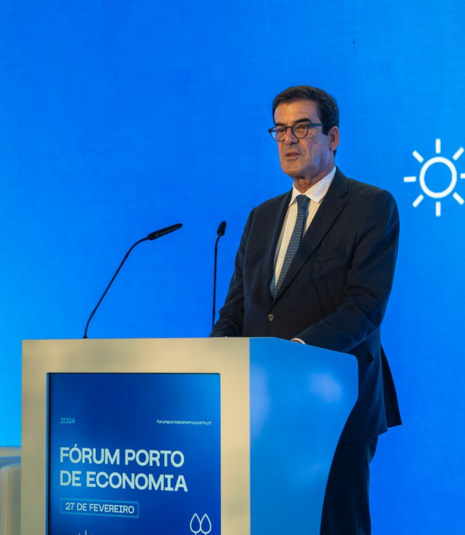FCUP uses nanotechnology to generate green hydrogen
FCUP research is in the "race" for green hydrogen with a focus on innovative and more efficient devices for the production of this fuel.

A team of researchers from the Faculty of Sciences of the University of Porto (FCUP) is working on nanomaterials for the production of green hydrogen, generated from solar energy. The H2Flexi-PEC's project, funded by the Foundation for Science and Technology (FCT), proposes a cheaper, more efficient and scalable alternative for industry to produce this fuel of the future.
Hydrogen, which we see for example already being used in public transport, is only "green" if its industrial production uses renewable energy electricity. This is the case with photoelectrochemical (PEC) cells that run on solar energy. They have a set of components that, when illuminated and immersed in (sea) water, generate charge carriers and decompose them into oxygen and hydrogen, in a process called electrolysis.
In the laboratories of the Institute of Physics of Advanced Materials, Nanotechnology and Photonics (IFIMUP), the aim is to achieve a new generation of these cells, through the construction of a semiconductor photoelectrode, composed of materials that are abundant in our country. Tungsten trioxide, hematite (commonly known as rust, the most stable phase of iron oxide) and titanium dioxide, in addition to being low cost, have high stability, that is, they are efficient for longer and do not degrade easily.
The smaller, the better
A new method to optimise light capture is to incorporate plasmonic nanostructures into the semiconductor, made from these abundant materials. These act as light concentrators, thus leading to increased efficiency.
We can't see them with the naked eye, but these photoelectrodes can be hexagonally distributed nanotubes or even nanowires or thin films. And the details make all the difference when it comes to efficiency: "If I reduce a material and increase its porosity, I get a larger surface area, consequently more water in contact with the material, as well as a larger area exposed to light", explains the project leader, Arlete Apolinário. After developing them in IFIMUP's laboratories, the researchers test the structure they have created on their own equipment. To see these nanostructures they use an Electron Microscope. They then move on to characterisation and testing in the solar simulator at the Faculty of Engineering of the University of Porto.
Flexible cells
For greater efficiency and versatility they also want to make them flexible. "The traditional photoelectrochemical cell is made on rigid transparent substrates. We want to develop a flexible cell that can be manufactured through large-scale printing processes, which significantly reduces production costs. In addition, it is advantageous for the industry in terms of design because it is much more versatile, for example, easy to apply on curved or irregular surfaces", the researcher describes.
At the end of the project, the goal of the FCUP researchers is to present a flexible PEC cell, FlexiPEC's, with an adequate price-performance ratio to compete with traditional fossil fuel-based electrical generation. The goal is to reach a solar-chemical efficiency of 10%, the one needed for commercialisation.
Arlete Apolinário believes that this will be an important "weapon": "one answer in a set of answers" for a more sustainable planet and to achieve the goal of carbon neutrality by 2050. Because, in the midst of the urgent mission in which humanity is currently struggling, "there will not be one energy solution, but a set of solutions". It is urgent to work on several fronts and FCUP researchers are already leading the way.




